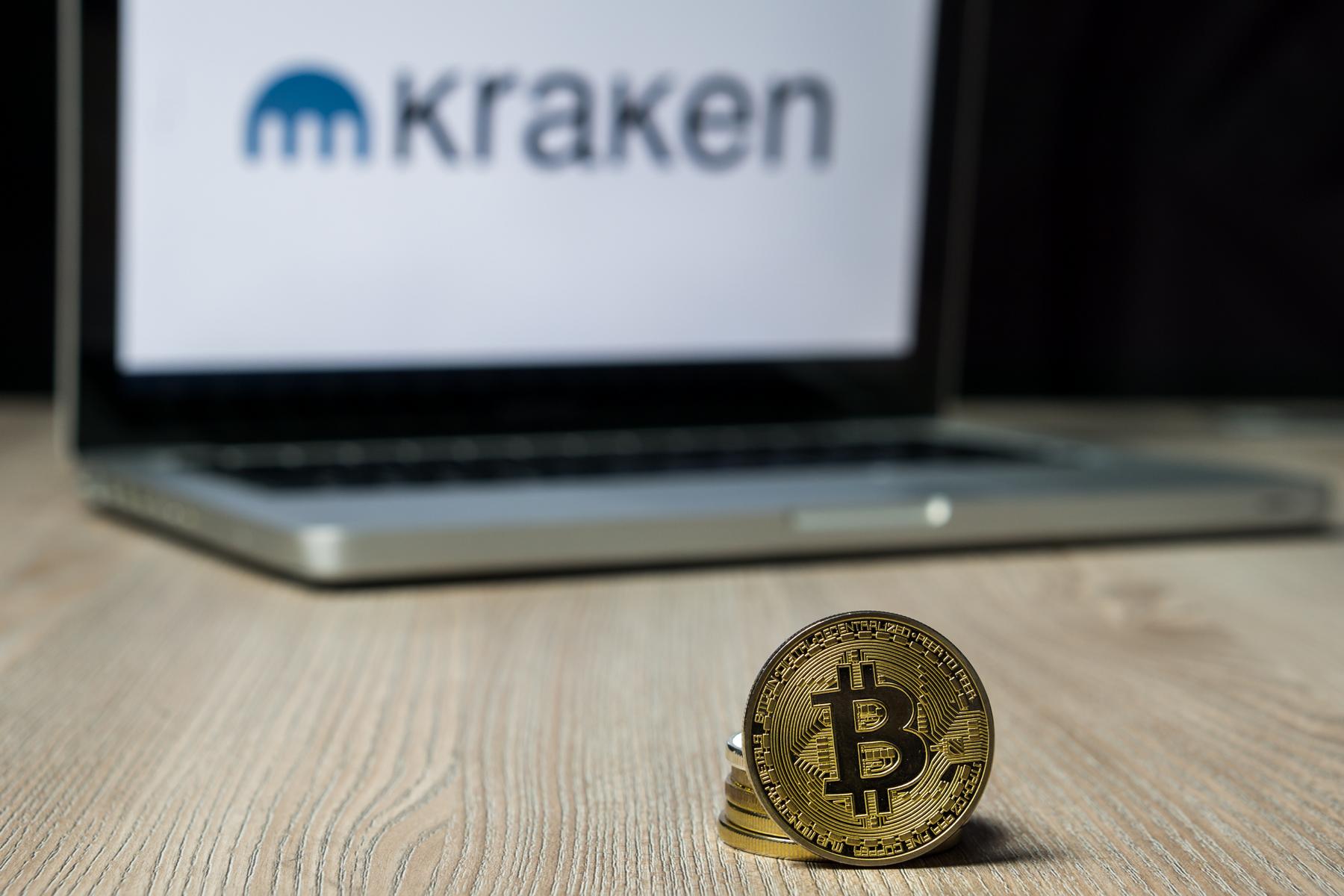Kraken’s Layer-2 Blockchain Fuels Ethereum Scaling
- Ink, a Layer 2 solution developed on the Optimism Superchain, is live; the L2’s mission is to bridge the divide between users and developers, thus innovating the future of DeFi.
- In October, Kraken announced that Ink would be available to retail and institutional users at launch, with access to applications via Kraken’s Web3 wallet, as stated by Andrew Koller, founder of Ink.
Kraken, a U.S.-based cryptocurrency exchange, has officially launched its Layer-2 blockchain network, Ink, on the Ethereum mainnet ahead of its originally planned Q1 2025 release. Following its unveiling in October, the developer community on Ink’s Discord saw a surge, exceeding 100,000 members. During its testnet phase, Ink processed over 8.17 million transactions and attracted more than 1.22 million addresses.
Additionally, around 90,600 tokens were deployed on the protocol, with over a dozen infrastructure partners, including LayerZero, Owlto Finance, and OKX wallet, already integrated. These collaborations reflect Ink’s commitment to addressing a wide range of Decentralized Finance needs while prioritizing user experience.
Key Insights into Kraken’s Ink Layer-2 Solution
With the network now operational, Ink is advancing toward its Stage 1 decentralization, set to introduce permissionless fault proofs aimed at enhancing accountability by January 2025. Commenting on the launch, Andrew Koller, the founder of Ink, expressed his enthusiasm, stating,
Today is just the beginning for Ink, and now our boldest work begins, growing Ink. We’re pushing the boundaries of on-chain experiences to unlock new applications and opportunities for builders and users alike, layering privacy, security, and UX enhancements on a foundation of deep liquidity.
According to Ink’s report, Kraken plans to implement a permissionless proof-of-error system on Ink, empowering users to challenge potentially invalid transactions. This feature will promote accountability and enhance security. Unlike traditional systems that rely on individual oversight, permissionless frameworks that are based on proof-of-work or proof-of-stake are rooted in cryptographic principles and economic incentives. This approach significantly boosts the platform’s transparency and resilience against malicious activities.
Ink Layer-2 leverages Optimism’s OP Stack and utilizes optimistic rollups to improve transaction speeds and reduce fees. In recognition of its decision to build on the Optimism ecosystem, Kraken received a substantial grant of 25 million OP tokens, valued at approximately $58 million. The OP Stack has gained traction and is currently powering around 43 live chains. When compared to other Ethereum scaling solutions like Arbitrum and Polygon, each has its own unique advantages and disadvantages.
In the past month, Kraken has encountered challenges, including an $8 million fine in Australia due to regulatory violations by Bit Trade related to a margin extension product, as well as the closure of its NFT marketplace just a year after its launch. In contrast, Ink appears to have a positive outlook.
Meanwhile, Optimism faced difficulties with price fluctuations in its OP token. However, it recently saw a notable increase in market activity, with a trading volume of $738,607,619 in the last 24 hours, marking a 60.50% rise. Despite this, the current OP price is still 55.75% lower than its all-time high of $4.84, recorded on March 6, 2024. The price has dropped by 13.25% in the last 7 days, and each unit is currently trading at $2.15.
Recommended for you:
